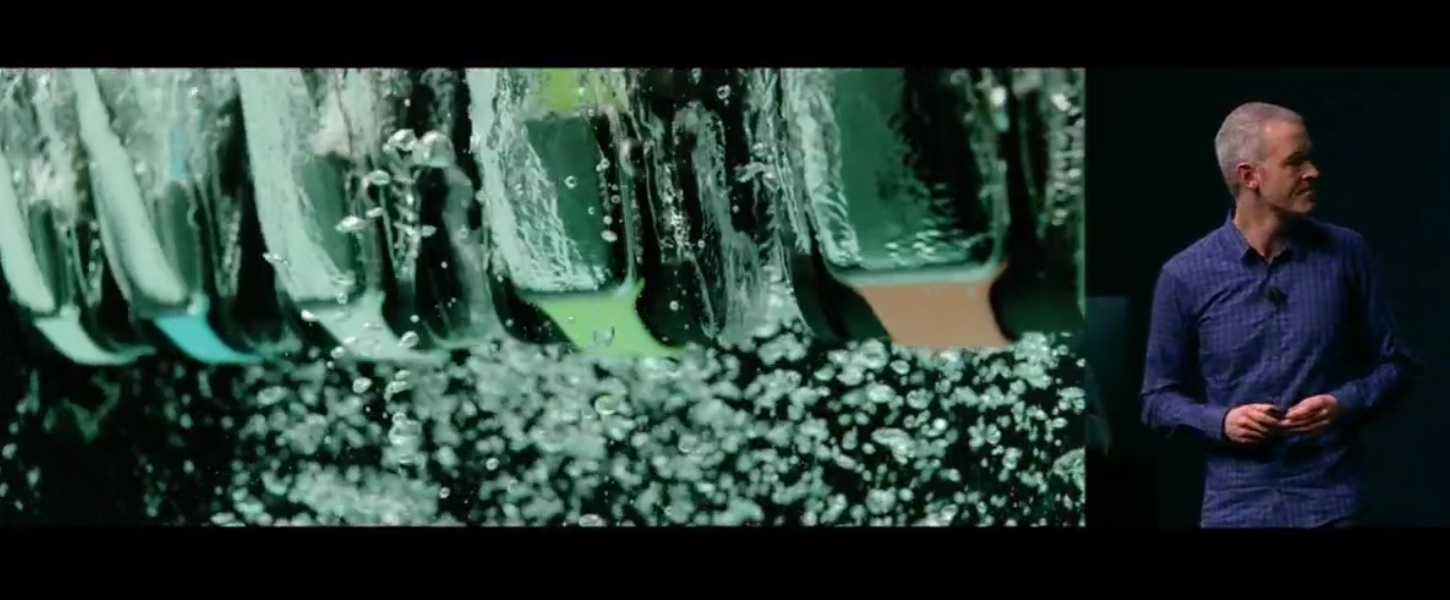Here is why you shouldn’t rush to dunk your iPhone 7

The iPhone 7 is finally here, and it seems that most of what we heard has turned out to be fairly accurate, especially in regard to the new handset being water resistant.
By that token, the iPhone 7 is the first phone that we can actually dunk in water, 1 meter deep, for up to 30 minutes, at least according to its IP67 certification. Now, before you put on snorkel and goggles and take your iPhone 7 for a dive, here is an interesting piece of disclaimer to read from the iPhone 7 page on the Apple website:
“iPhone 7 and iPhone 7 Plus are splash, water, and dust resistant and were tested under controlled laboratory conditions with a rating of IP67 under IEC standard 60529. Splash, water, and dust resistance are not permanent conditions and resistance might decrease as a result of normal wear. Do not attempt to charge a wet iPhone; refer to the user guide for cleaning and drying instructions. Liquid damage not covered under warranty.”
In simple terms, this means that while the iPhone 7 is water resistant, if you keep it underwater for too long, Apple is going to treat your drowned handset as it does for any other devices damaged from immersion: it won’t do a thing, and you’ll have to buy yourself a new one.
This one is really not on Apple, because no matter the sales pitch, common sense should prevail when it comes to all kinds of electronics.
It’s not a secret that Apple has been working on ways to waterproof iOS devices, and it seems that as of last week’s keynote, Apple is going to ramp up its efforts to build devices that are less susceptible to rain and particle damage.
This is partly the result of a drastic reduction in ingress points into the iPhone 7. Apple has eliminated the 3.5mm audio jack, and changed the construction of the home button to use Apple’s taptic engine, and use Force Touch, instead of mechanical press action. Just like the Series 2 Apple Watch, the only possible point of entry is the stereo speakers, and Apple has modified the design of the speakers to use sound waves to repel liquids and particles on entry. The mechanism was initially described in a patent filed by Apple in late 2015, which explicitly mentions a modified version of the speakers, with possible uses applicable to MacBooks as well.
Ready to shop?
Shop for the ultimate deals in productivity at PortableOne where you’ll find the latest, powerful iPad Pro , as well as a complete range of accessories.